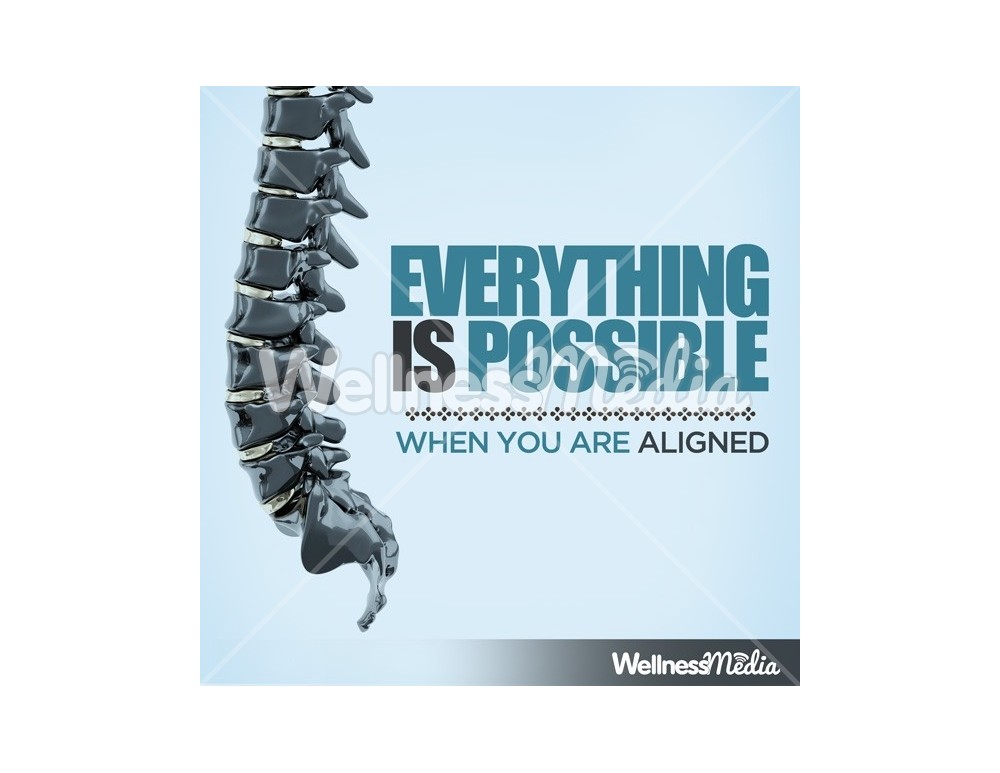The Function Of Stance In Pain In The Back: Tips For Achieving And Keeping Good Positioning Throughout Your Day
The Function Of Stance In Pain In The Back: Tips For Achieving And Keeping Good Positioning Throughout Your Day
Blog Article
Published By-Salisbury Fox
Maintaining appropriate position isn't practically staying up directly; it's about straightening your body in a way that supports your spinal column and lowers the risk of pain in the back. The method you sit, stand, and move throughout the day can significantly influence your spine wellness. But just how exactly can you guarantee great alignment regularly, also during active days full of various tasks? Allow's dig deeper into the subtle yet impactful modifications you can make to your daily routine to keep your back happy and healthy and balanced.
Significance of Correct Stance
Correct pose is vital in keeping a healthy back and stopping pain. When you rest or stand with good pose, your back is in placement, reducing pressure on your muscle mass, tendons, and joints. why does my lower back hurt all of a sudden allows the body to disperse weight uniformly, avoiding too much anxiety on particular areas that can lead to discomfort and pain. By keeping your spinal column correctly aligned, you can likewise enhance your breathing and digestion, as slouching can press organs and restrict their performance.
Moreover, preserving is a chiropractor a doctor can enhance your general appearance and self-confidence. When you stand tall with your shoulders back and head held high, you exhibit confidence and appear even more friendly. Great pose can also make you really feel a lot more energized and alert, as it promotes appropriate blood circulation and permits your muscular tissues to function efficiently.
Incorporating correct stance right into your daily regimen, whether sitting at a workdesk, strolling, or exercising, is important for preventing pain in the back and advertising general wellness. Bear in mind, a tiny adjustment in exactly how you hold yourself can make a substantial distinction in exactly how you feel and work throughout the day.
Common Postural Mistakes
When it involves keeping great posture, numerous people unwittingly make common errors that can add to pain in the back and pain. One of the most widespread mistakes is slouching or stooping over while resting or standing. This placement places extreme strain on the spine and can bring about muscular tissue inequalities and discomfort over time.
An additional common error is overarching the reduced back, which can squash the natural contour of the spine and cause pain. In addition, going across legs while resting might feel comfortable, but it can create a discrepancy in the hips and pelvis, leading to postural concerns.
Utilizing a cushion that's also soft or too strong while sleeping can also affect your alignment and add to pain in the back. Last but not least, constantly craning your neck to take a look at displays or readjusting your setting frequently can strain the neck and shoulders. Being mindful of these typical postural mistakes can assist you preserve better placement and lower the threat of neck and back pain.
Tips for Correcting Placement
To boost your positioning and lower back pain, it's vital to focus on making small adjustments throughout your day-to-day regimen. Start by being mindful of your pose. When resting, guarantee your feet are flat on the floor, your back is straight, and your shoulders are relaxed. Prevent slouching or leaning to one side. Usage ergonomic chairs or pillows to sustain your lower back.
When standing, distribute your weight uniformly on both feet, keep your knees a little bent, and tuck in your hips. Involve your core muscles to sustain your spine. Take breaks to extend and walk if you have a sedentary work. Include exercises that enhance your core and back muscular tissues, such as slabs or bridges.
While resting, make use of a cushion that supports the natural contour of your neck to preserve proper spinal placement. Stay clear of sleeping on your stomach, as it can strain your neck and back. By being mindful of these tips and making small modifications, you can slowly fix your positioning and reduce pain in the back.
Final thought
Keep in mind, keeping excellent posture is key to preventing pain in the back and promoting spinal wellness. By being mindful of your positioning, distributing weight uniformly, and engaging your core muscle mass, you can minimize pressure on your back and lessen the danger of pain and injury. Integrate ergonomic support, take regular breaks to extend, and enhance your core and back muscular tissues to preserve correct positioning throughout the day. Your back will certainly thank you for it!
